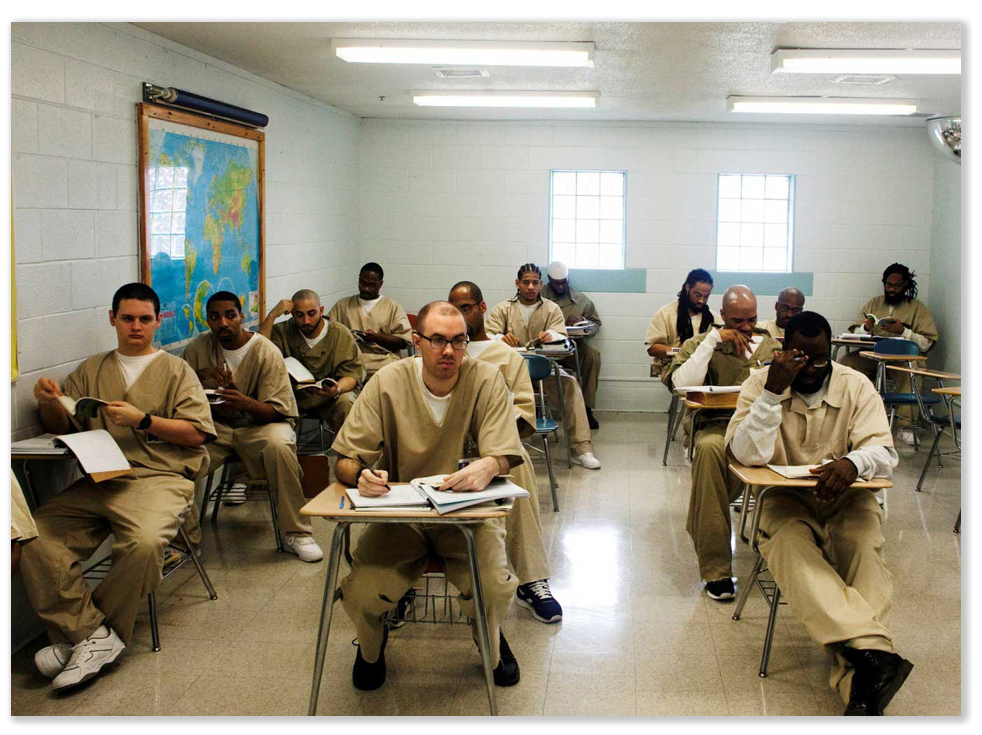We post news and comment on federal criminal justice issues, focused primarily on trial and post-conviction matters, legislative initiatives, and sentencing issues.

PRISON BY THE NUMBERS
The First Step Act requires the Dept of Justice’s Bureau of Justice Statistics to report data from the Federal Bureau of Prisons annually.
 The 2023 report issued last week includes stats running the gamut from yawn-inducing to fascinating. Of most significance, despite all of the drawdowns implicitly promised by First Step (retroactive crack cocaine sentencing, compassionate releases, and FSA credits), mass incarceration proceeds apace. The BOP population increased about one percent – from 156,542 at the end of 2021 to 158,637 at the end of 2022 – and is now at 157,811.
The 2023 report issued last week includes stats running the gamut from yawn-inducing to fascinating. Of most significance, despite all of the drawdowns implicitly promised by First Step (retroactive crack cocaine sentencing, compassionate releases, and FSA credits), mass incarceration proceeds apace. The BOP population increased about one percent – from 156,542 at the end of 2021 to 158,637 at the end of 2022 – and is now at 157,811.
You’d think all of those early releases would have made a dent in the federal prison population. You’d be wrong.
Other facts:
• The BOP admitted almost 44,873 new prisoners in 2022, a 6% change from 2021.
• The BOP released 42,948 prisoners in 2022, a 9% change from 2021.
• The BOP’s population exceeded rated capacity by 6.9%.
• About 5% of BOP prisoners – 8,627 –are military veterans.
• In 2022, the BOP released about 10,100 prisoners early because of FSA credits.
• Just over 15% of BOP prisoners are non-U.S. citizens, about the same as 2020 and 2021.
• In 2022, BOP prisoners were found to have committed 80,490 prohibited acts, slightly more than one for every two prisoners.
• There were 10,177 instances of prisoners placed in special housing units in 2022, a 10% increase from 2021.
• There were 965 instances of prisoners assaulting staff. Two percent (19) of these assaults resulted in serious injuries, and only 12 were prosecuted.
• About 70% of BOP prisoners had high school diplomas or GEDs prior to admission to prison (110,531), and an additional 3,543 (2.2%) earned their GEDs while locked up.
 • In 2022, 13.2% of federal prisoners (20,880) participated in a nonresidential substance use disorder treatment program, while 7.6% (12,035) participated in RDAP.
• In 2022, 13.2% of federal prisoners (20,880) participated in a nonresidential substance use disorder treatment program, while 7.6% (12,035) participated in RDAP.
• PATTERN, the BOP’s recidivism risk tool, classified 54% of prisoners as minimum or low risk for recidivism, 27% as high risk for recidivism, and 19% as medium risk. Females were more likely than males to be minimum than low (81% vs 52%). Black (61%) and American Indian prisoners (59%) were more likely to be medium or high risk than white (36%) and Asian (27%).
BJS, Prisoners in 2022 – Statistical Tables (November 30, 2023)
– Thomas L. Root

